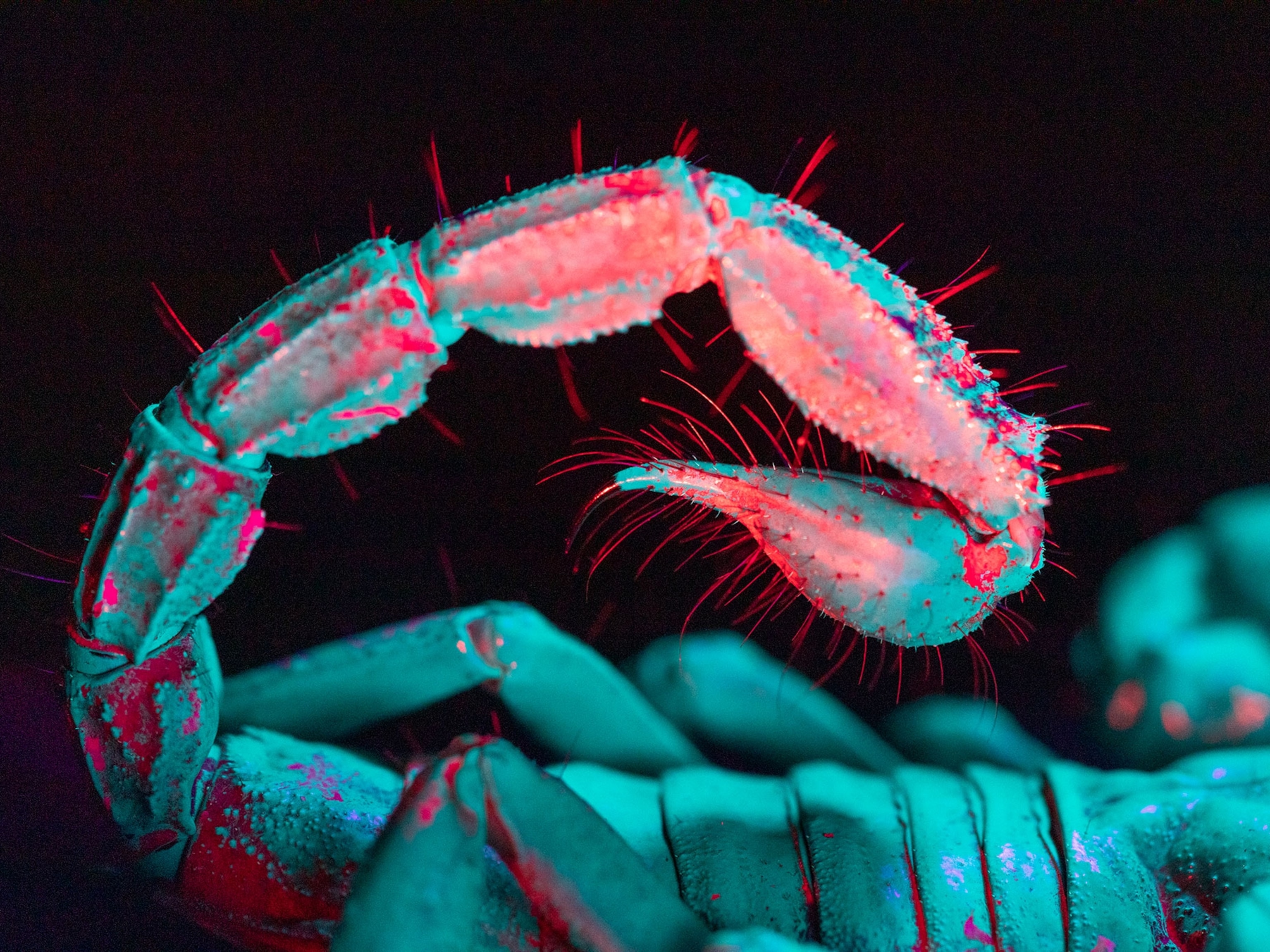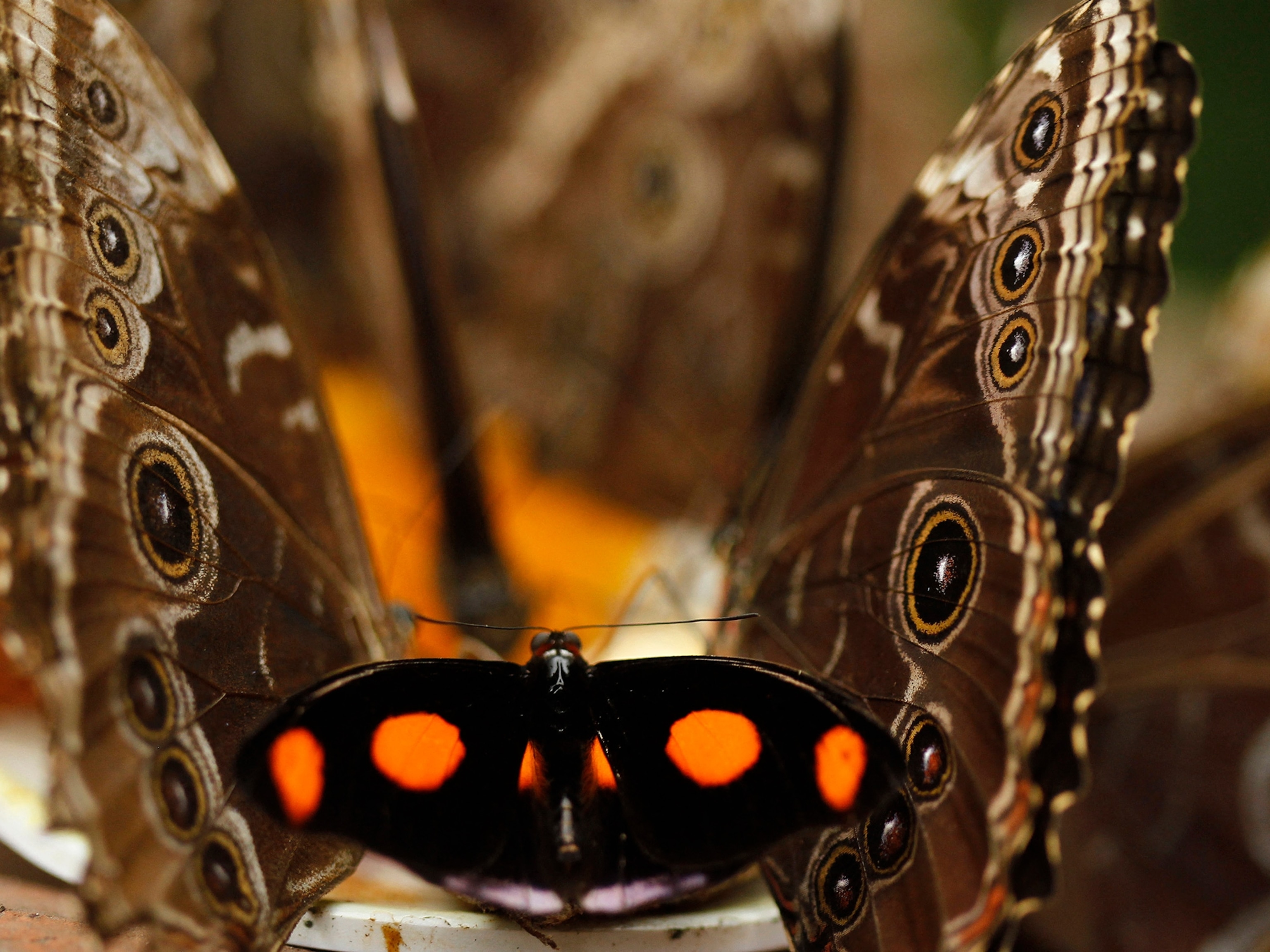
Pollution Is Turning Sea Snakes Black—for a Surprising Reason
Scientists may have solved a decades-long mystery of how Pacific Ocean sea snake lost its stripes.
The turtle-headed sea snake usually sports beautiful bands of alternating black and white. But for decades, researchers have been puzzled by populations living near Pacific Ocean cities that seem to have lost their stripes.
Now a new study may finally have an answer: The pigment in black skin may help city snakes rid themselves of industrial pollutants. (See what it's like to live in the world's most polluted city.)
By collecting shed skin from turtle-headed sea snakes in a variety of habitats, scientists discovered that all-black, urban snakes had higher concentrations of trace elements such as arsenic and zinc than did snakes far from cities. Importantly, the team found the same phenomenon in skin samples from another black-and-white banded snake, the sea krait.
Finally, the scientists observed all-black sea snakes shed their skins more frequently than their rural counterparts, supporting the idea that the darker color allows reptiles to withstand the stresses of city life. (Read how wildlife is hacking life in the city.)
“Snake populations are declining worldwide due to human activities, so it is good news that one species evolved a way to resist to pollution,” says study leader Claire Goiran, a marine biologist at the University of New Caledonia and the LabEx Corail.
“But it won’t be enough if we keep destroying natural environment,” says Goiran, whose study was published August 10 in the journal Current Biology.
In Living Color
If the researchers' findings are correct, the turtle-headed sea snake would join a short list of animals that show “industrial melanism.”
The most famous example is the United Kingdom's peppered moth, which evolved a darker color to stay camouflaged in forests blackened by coal pollution. (Read more: “Evolution in Color: From Peppered Moths to Walking Sticks.")
But it was another color-changing animal that made Goiran suspect industrial melanism in turtle-headed sea snakes: She read a paper by University of Warsaw biologist Marion Chatelain that found Parisian pigeons with darker feathers were better able to store toxins than their light feathered counterparts.
What’s more, the pigment that makes feathers (and skin) dark, called melanin, has a tendency to bind to metal ions, which means that growing darker feathers can actually serve as a way for birds to expel toxins from their bodies.
“I immediately thought that this could be why the turtle-headed sea snakes were black around Nouméa," the capital of New Caledonia, a French territory in the Pacific, Goiran says.
Home to around 100,000 people and a nickel metallurgical plant, Nouméa and its surrounding waters contain both urban and industrial pollution, she says. Goiran suspects the snakes absorb the toxins via the fish that they eat.
'Not Finished Yet'
Chatelain called the new study interesting, as it's likely the first to demonstrate a link between darker colorations and metal concentrations in a reptile. (See "Spiny, Venomous New Sea Snake Discovered.")
But plenty of questions remain.
For instance, the study analyzed the metal content between dark and light bands on sea kraits, not turtle-headed sea snakes. The authors hypothesize that the same trends hold true for the turtle-headed species— but to know this, Chatelain says, skin samples from both colorations of the species from an urban area are required.
Therein lies the problem: It’s almost impossible to find a striped turtle-headed sea snake in an urban area these days, says Goiran.
In Nouméa, as few as 5 percent of the turtle-headed snakes still have their stripes, she says. What's more, the species only sheds its skin three to four times a year, reducing the odds a researcher will find a sample.
On the other hand, sea kraits shed their skins on land, so they’re much easier to collect.





